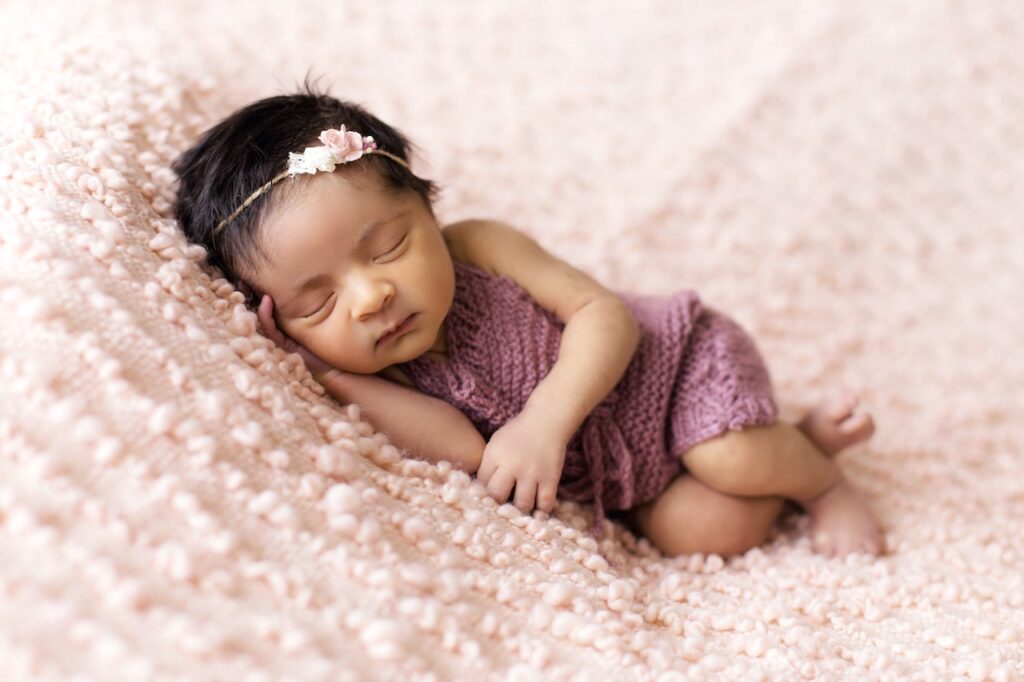Parenting a newborn means learning all you can in order to love and help them to be as happy and healthy as possible.
Mold and the problems it causes should be high on your list of parenting priorities.
Babies and Mold: Top 10 Points to Remember
- Sleep: Babies should never sleep in a room that is obviously moldy. Never.
- Baby Formula: Mold in powdered baby formula is very rare, but prepared baby formula can get moldy in 8-12 hours if left unrefrigerated. Babies should never drink moldy formula or juices, or eat/drink from moldy dishes.
- Bath Toys: Baby bath toys are a hotspot for mold, especially baby bath squeeze toys.
- Spills & Pee Can Cause Mold: A baby’s room, spaces, bedding and mattresses are more likely to get moldy than an adults, due to the larger amounts of water and other liquids being spilt, used, or produced: Spilt milk, spilt water, leftover foods, urine, old diapers not yet thrown away.
- Natural Mold Removal is Better for Babies: It’s better to remove mold with natural products than heavily synthetic ones, since the harsher chemicals in many mold removal products can also be problematic to a baby.
- Fresh Air & Open Windows: Fresh air and open windows (on a clear day) will do a lot to improve your baby’s indoor air quality. So will sunshine!
- Allergies & Sleep Interruptions: Mold can cause babies to have allergic reactions, or not be able to sleep through the night. As far as mold is concerned, this usually indicates mold in the a/c or ductwork, but can also be a sign of mold behind walls or furniture.
- Humidifiers Can Get Moldy: Parents are often told to use humidifiers to help a baby sleep. That’s a great idea if needed, but be sure your humidifier isn’t moldy inside, and that the room doesn’t become so humid that mold starts growing. (A hygrometer will help alert you, but you’d also feel it if humidity was too high: It feels damp and muggy. A dehumidifier, or ‘de-hu’ will help reduce humidity.)
- Signs of Mold: A musty, muggy, earthy or ‘wet sock’ smell, water stains, peeling paint, black spots, and visible water or water damage are all signs of possible mold. Most people notice mold only after it starts affecting them or their infant child both physically and mentally.
- Important: Dealing with mold is IMPORTANT and babies should NEVER sleep in a room that is obviously moldy (nor should you). A newly leaking pipe or toilet, storms and persistent rain, and floods of any kind may all cause water damage that leads to deadly mold—if not caught and corrected for weeks or months. Mold begins growing in 24-48 hours, symptoms show up shortly after, and grave illness can occur if mold isn’t handled over time.
Baby-Safe Ways to Remove Mold
Before You Get Started:
Each of these products are baby-safe ways to remove mold, but mold removal and cleanup should never be done while a baby is in the room.
Also, you should take pictures of mold in your home or apartment before cleaning it up or removing it.
They’ll help you, a mold remediation company, indoor air quality professional, or even a lawyer, later on, should mold develop into a much more serious concern.
Photos and videos taken on your smartphone will work perfectly fine.
- Mold and mildew
- Puddled or dripping water, pipe leaks, other leaks.
- Signs of water damage.
Each of the following are baby-safe ways to remove mold.
Each is also used in basically the same way: Apply the product to your (small and contained) mold problem, allow it to sit for a short while, then wipe it up with a cloth.
You’re actually better off simply spraying the product on lightly—whether white vinegar, hydrogen peroxide, or EC3—scrubbing the surface, then wiping it up immediately.
Then, spray it again and let that second application sit a short while before wiping it up.
Surface Matters!
SOFT Surfaces: Products discussed here can be safely used on soft surfaces, but please take care not to soak or overly-wet the item: Couches, cloth chairs, certain stuffed animals. Water feeds and breeds mold, and you don’t want a soaked stuff animal sitting around for example. It’ll mold even more. Apply as little liquid as possible, dry it quickly after scrubbing, and allow the item to sun-dry.
Mold-saturated or mildew-smelling plush items, like pillows, mattresses, and stuffed animals, should be thrown away, especially if they are for an infant, toddler, or child.
HARD Surfaces: Products discussed here can be safely used on hard surfaces: Tiled flooring, painted walls, countertops, bookshelves, ovens, fridges, etc.
CLOTHES & Fabrics: All products discussed here can be safely used on thin fabrics and clothing, which, unlike couches, pillows, and teddy bears, can be safely soaked, cleaned, and then dried. EC 30 is your best option for cleaning mildewy clothes.
LEATHER Boots & Jackets: Lemon juice, vinegar and hydrogen peroxide should not be used on leather. Spot-clean and test a non-obvious part of the product with diluted rubbing alcohol.
Distilled White Vinegar — Baby-Safe Mold Remover
One of the most effective ways to remove mold and mildew is by using distilled white vinegar—not apple cider vinegar. Distilled white vinegar is a natural disinfectant and it can kill up to 82% of mold species. Use undiluted distilled white vinegar in a spray bottle. Let it sit for a few hours, then wipe it clean with a damp cloth. If the smell of vinegar bothers you, you can add a few drops of essential oil to the mixture.
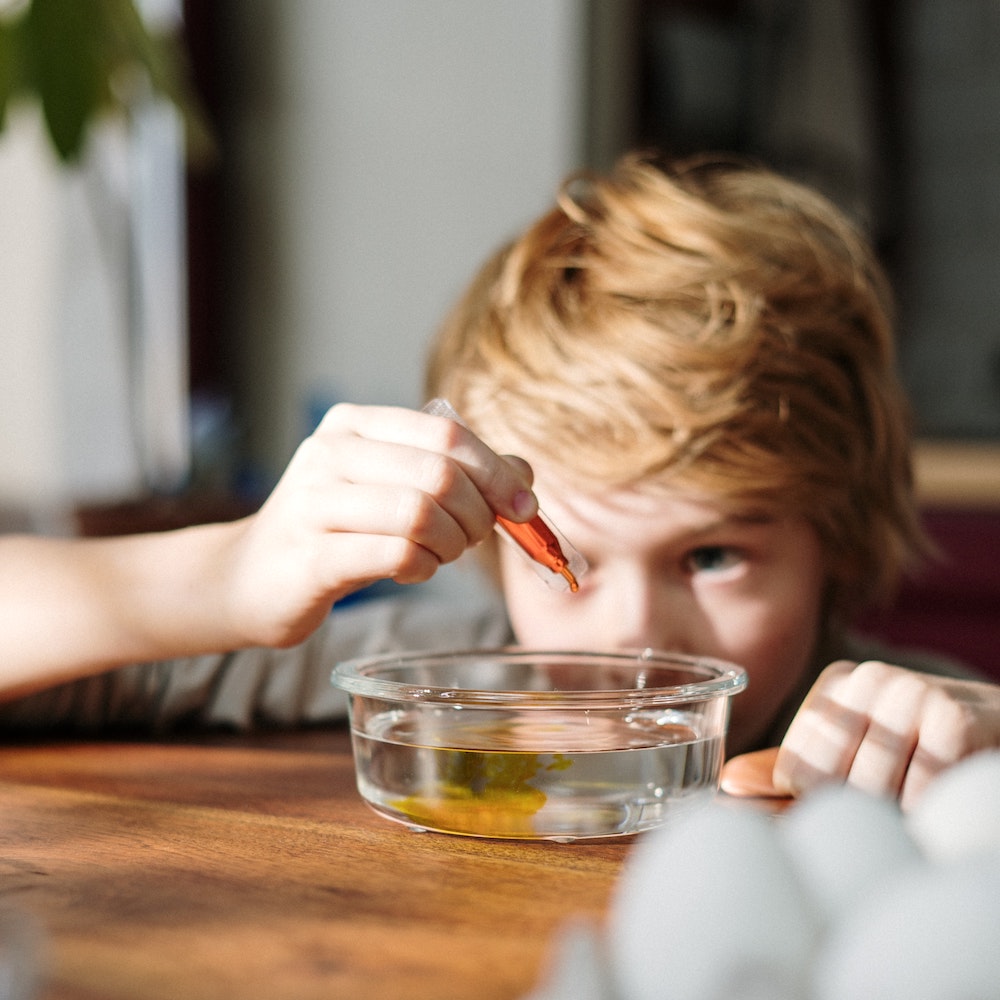
Baking Soda — Baby-Safe Mold Remover
Another baby-safe way to remove mold and mildew is by using baking soda. Baking soda is a natural cleaning agent and can help remove stains and odors. Mix baking soda with water to form a paste and apply it to the moldy area. Let it sit for a few hours, then scrub with a brush and rinse with water. Baking soda can also be used to prevent mold and mildew from growing by sprinkling it on damp surfaces (which you should always dry up.)
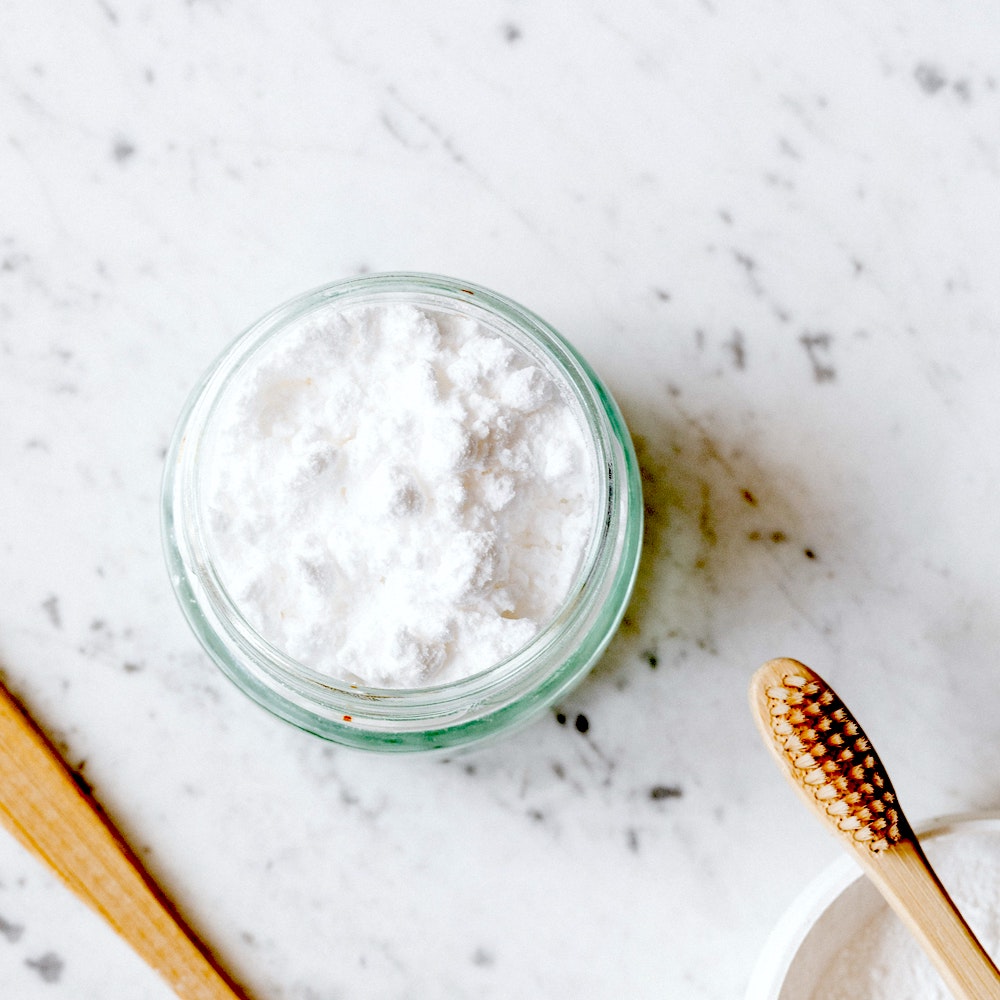
Hydrogen Peroxide — Baby-Safe Mold Remover
Hydrogen peroxide is a natural and safe way to remove mold and mildew. Mix equal parts hydrogen peroxide and water in a spray bottle and spray the affected area. Let the solution sit for a few minutes, then scrub the area with a brush or sponge. Rinse with water and dry the area thoroughly. Hydrogen peroxide is effective at killing most types of mold and mildew, and it’s safe to use around your baby.
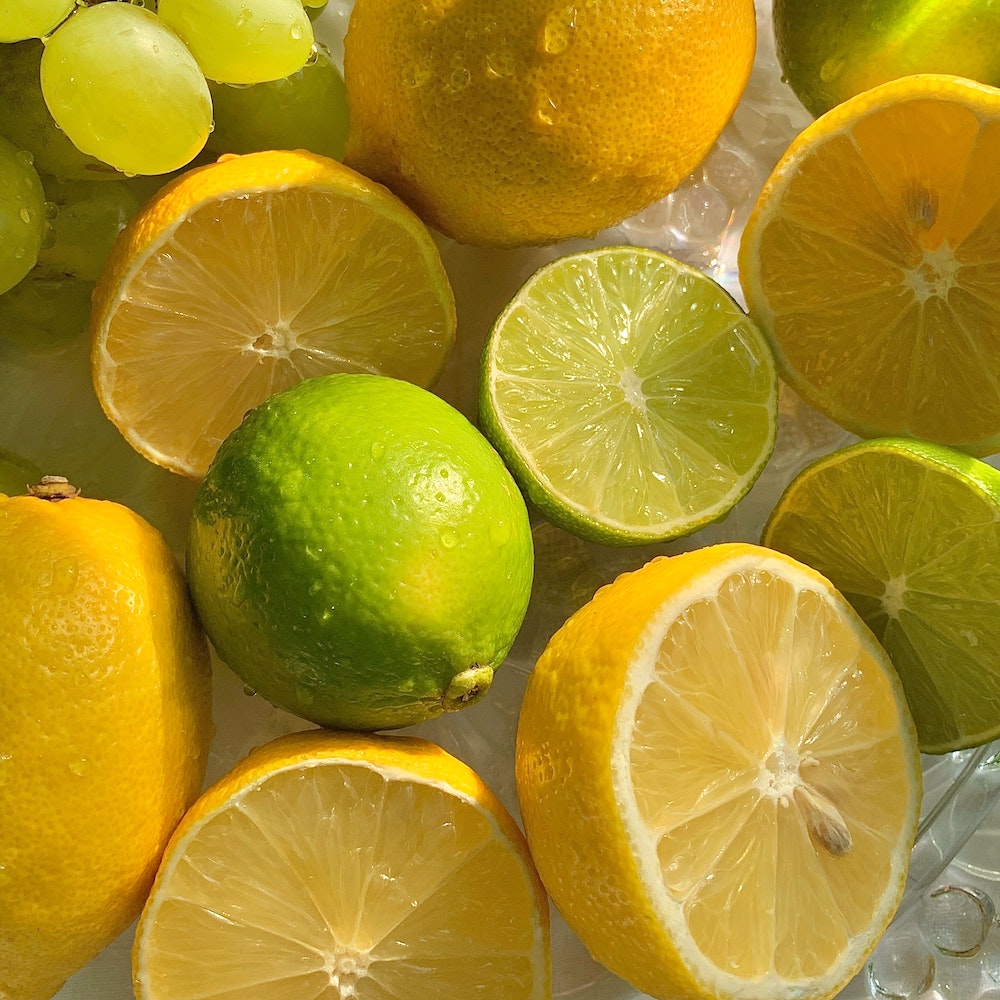
EC3 Mold Solution — Baby-Safe Mold Remover
If buying something off of Amazon is easier for you, there are two products that are safe and effective for use in a home with a baby. The first is EC3 Mold Solution, which is a non-toxic and fragrance-free formula made of botanical ingredients (citrus and tangerine oil for example.) This is a great choice if the smell of vinegar (above) is off-putting to you, or if making a baking soda paste isn’t something you see yourself doing.
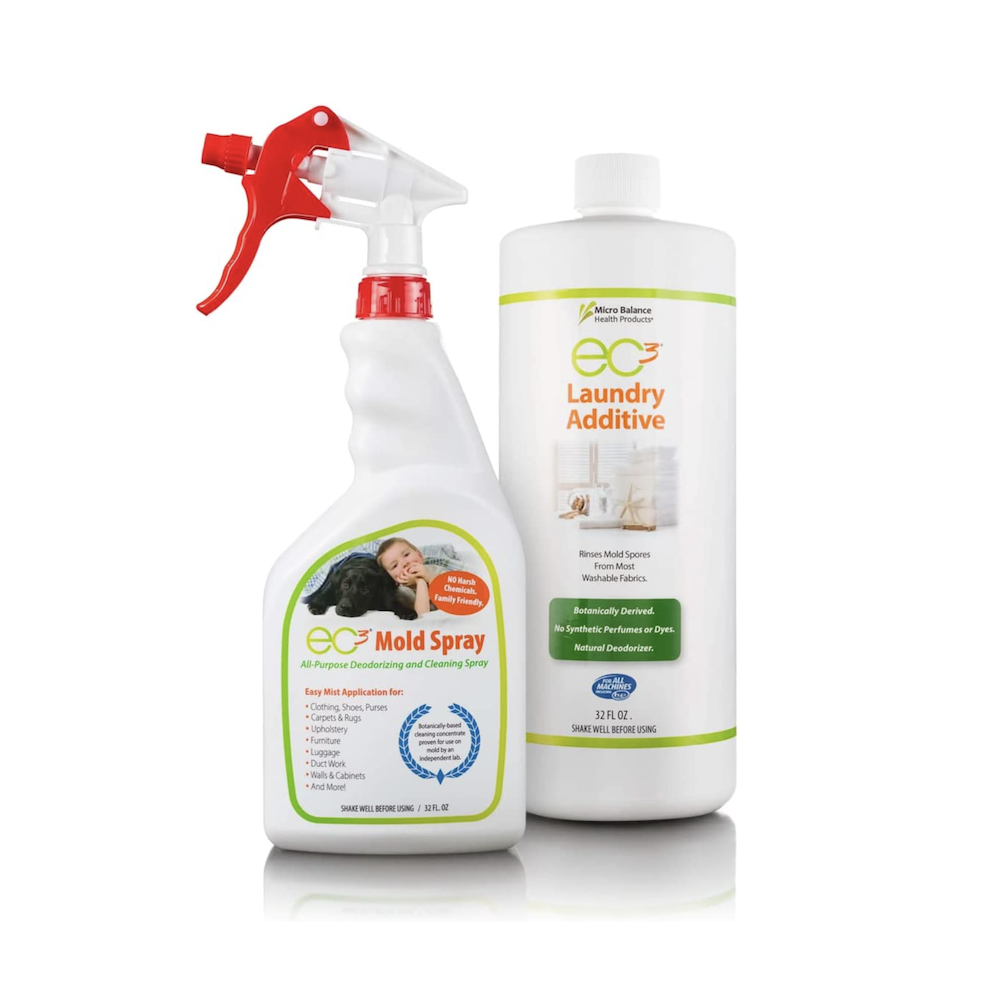
Benefect Decon 30 — Baby-Safe Mold Remover
Very similar to EC3 above, in that it’s a natural way to remove or clean up mold, though this is more of a professional grade formulation (and packaging). If you’re trying to choose between the EC3 and Decon 30, either works very well, and for routine use I would personally opt for EC3, and save the Decon 30 for maybe once-monthly treatments for overall indoor quality and cleanliness.
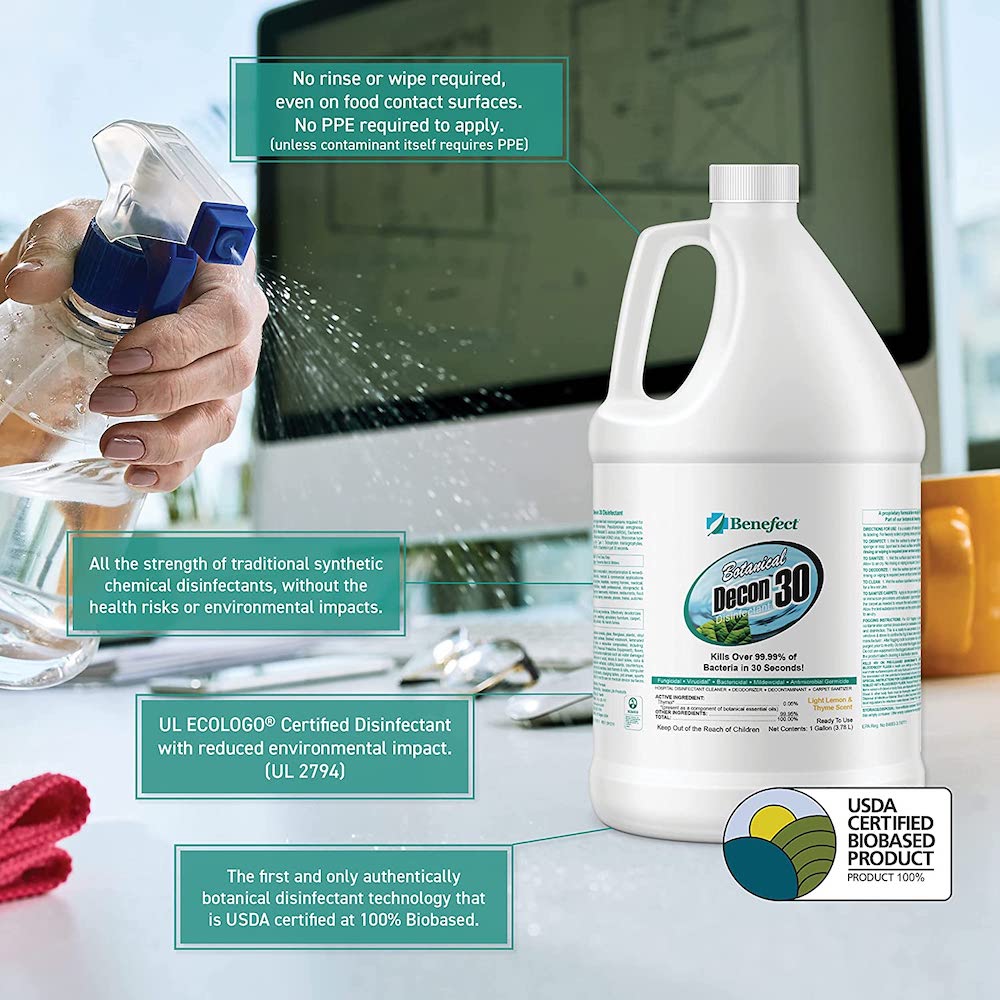
Note on Natural Methods — and the need for ‘constant’ mold removal:
However, you should also please remember that if you ever find it necessary to constantly remove mold or constantly use any indoor mold removal product, even if all-natural—that you may have a much more serious mold problem in the home.
Shower stalls and bathtub ledges are probably the only exception, where constant (once-monthly) mold removal is usually necessary.
Throughout the rest of a home, your air conditioning unit should be extracting enough moisture out of the house that RH, or relative humidity is less than 50%, thus preventing mold growth to begin with.
- Mold in air ducts is a common problem in more humid states: Professionals should be called (and please be willing to spend a bit more to avoid being scammed by crims and clowns).
- Hidden mold should at least be considered or suspected if the health of your baby and any women in the home is impacted: Sneezing, red eyes, allergies, sleeplessness, irritability, itchy skin. Men can also be affected, but women tend to be the first to notice symptoms and even to suspect mold. And they’re very often right!
Preventing Mold and Mildew in a Baby’s Space or Home
Mold and mildew can be a serious health hazard for babies, and it is important to take steps to prevent it from growing in your home. By controlling humidity levels and ensuring proper ventilation, you can significantly reduce the risk of mold and mildew growth.
Controlling Humidity Levels
One of the main factors that contribute to mold and mildew growth is excess moisture in the air. To prevent this, it is important to keep humidity levels in your home under control. The ideal humidity level for a baby’s room is between 30% and 50%. You can use a hygrometer to measure the humidity levels in your home and make adjustments as necessary.
To reduce humidity levels, make sure to use exhaust fans in the bathroom and kitchen when cooking or showering. You can also use a dehumidifier to remove excess moisture from the air. Make sure to empty the water reservoir regularly to prevent mold growth inside the dehumidifier.
Proper Ventilation
Proper ventilation is also important in preventing mold and mildew growth. Make sure to open windows and doors to allow fresh air to circulate throughout your home. This is especially important in areas that are prone to moisture, such as bathrooms and laundry rooms.
If your home is poorly ventilated, consider installing a ventilation system or using a fan to improve air flow. Make sure to clean the filters regularly to prevent mold growth inside the fan or ventilation system.
By controlling humidity levels and ensuring proper ventilation, you greatly reduce the risk of mold growth anywhere. This will help to keep your baby safe and healthy, and prevent the need for more invasive mold removal.
When to Call a Pro
While there are baby-safe ways to remove mold and mildew, there are also times when you need to call in a professional.
In these instances, it’s usually best to seek expert help from an honest professional:
- If the mold or mildew covers a large area or is in hard-to-reach places.
- If you have tried several ways to remove the mold or mildew and it keeps coming back.
- If you or your baby have allergies or respiratory problems, such as asthma, that could be aggravated by exposure to mold.
- If you suspect there may be hidden mold in your home, such as behind walls or under flooring or carpet.
Professional mold remediators have the experience and equipment needed to safely and effectively remove mold and mildew from your home. They can also help identify the source of the problem and take steps to prevent future growth.
The health and safety of your baby is obviously your highest priority.
If you have any concerns about mold in your home, it’s always best to err on the side of caution and call in an honest, licensed professional with positive reviews on Google, Yelp, and other review platforms.
Why it’s important to remove mold and mildew for baby safety
Mold and mildew are types of fungi that can grow in damp and humid environments. They are often found in bathrooms, kitchens, and other areas of the home that are prone to moisture. Although mold and mildew are common, they can pose a serious threat to your baby’s health if left untreated.
When mold and mildew grow, they release spores into the air. These spores can cause respiratory problems, allergic reactions, and other health issues for your baby. Babies are particularly vulnerable to the effects of mold and mildew because their immune systems are not fully developed. Exposure to mold and mildew can lead to a range of health problems, including:
- Stuffy nose
- Sore throat
- Coughing or wheezing
- Burning eyes
- Skin rash
- Inability to sleep soundly or through the night
For babies with asthma or allergies, exposure to mold and mildew can be particularly dangerous. It can trigger asthma attacks and other respiratory problems, which can be life-threatening.
Babies exposed to mold may also be more likely to develop allergies and asthma later in life, according to studies and the CDC.

